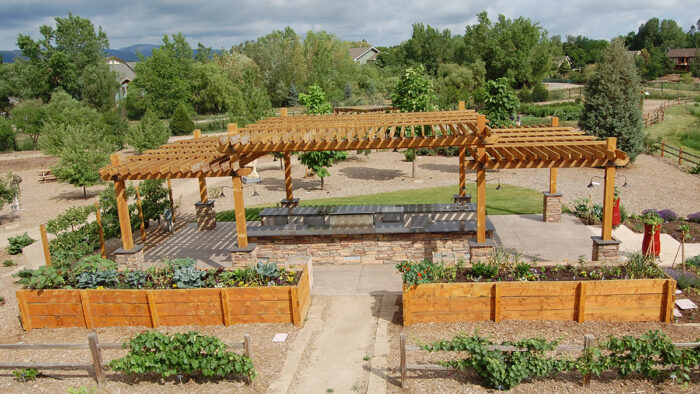
My first foray into gardening was many years ago when my husband and I joined another couple in renting a community garden plot in Arlington, Virginia. We inherited the worst plot in the garden, so we added lots of organic matter and moved the soil to build up large rows that were 8 to 10 inches high for planting. It was a huge success! I have been growing my vegetables in some sort of raised bed ever since.
There are many benefits to growing produce in raised beds: less soil compaction, since you don’t have to walk among the plants; ease of maintenance, with less stooping and bending required; the ability to plant more densely, as the garden is accessible from many sides and pathways aren’t required; and the ability to grow more food in a limited space. These are benefits that all gardeners can enjoy; however, there are other benefits that I find particularly useful in our Mountain West climate.
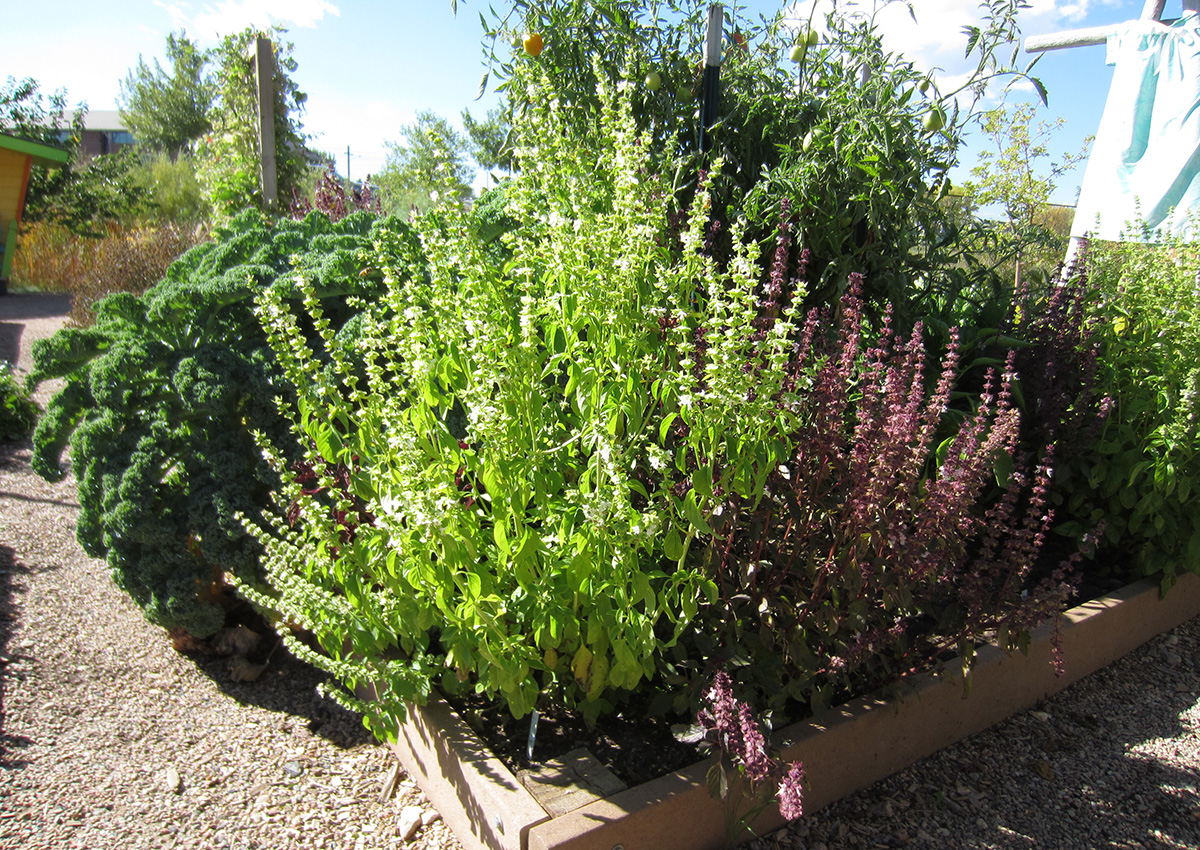
Watering
We are all familiar with the continual drought cycle in the Mountain West. While raised beds can dry out quicker than in-ground gardens, they also allow you to put the water exactly where you need it—at the plants’ root zones. Whether you use drip irrigation or hand watering, no water runs off to where it’s not needed. In addition, denser plantings shade the soil, helping to minimize evaporation.
Soil quality and drainage
Many of us who live near the Rocky Mountains have heavy, clay soil, which is not an ideal medium for most vegetables. Raised beds allow you to control the soil in a smaller space. I have brought in a soil-compost mix from a local supplier, and I have used soil from other parts of my garden and heavily amended it with compost. I incorporate more compost every year into each bed, providing additional nutrients and continually improving the soil structure, which provides for better soil drainage.
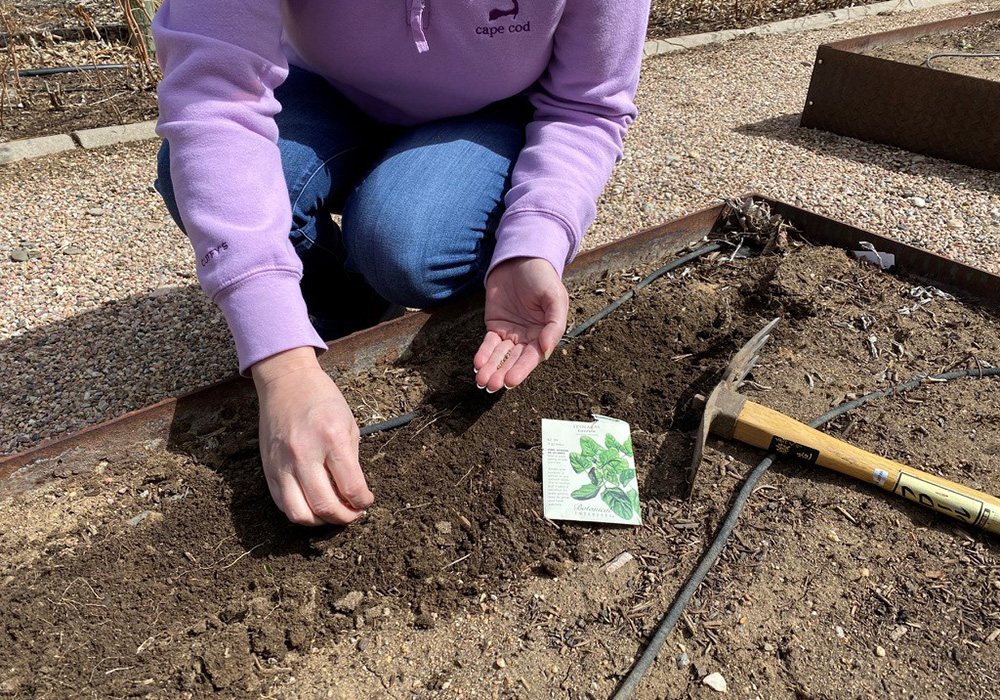
Longer growing season
The soil in raised beds typically warms up earlier in the season and cools down slower come fall. This means you can directly sow seeds sooner in the spring and the harvest can continue further into the growing season. This is a huge plus when you have a shorter growing season, as many of us do.
In addition, the material you use to build the beds and pathways can enhance this benefit. Over the years, I’ve used wood, concrete-retaining blocks, and metal to build our beds. The concrete blocks helped to create a warmer microclimate for the beds than the wood or metal. I also use gravel for the pathways around the beds for the same reason (and also for minimal maintenance).
Weather protection
Snowstorms in late May and early September are not uncommon in our region. And don’t forget about hail! My raised beds are 4 feet tall and 8 feet wide, making it very easy to cover them with tarps or frost cloth when needed.
There are many benefits to growing vegetables in raised beds in your Mountain West garden; I hope you will give it a try! For more information about raised beds, check out:
And for more Mountain West regional reports, click here.
—Michelle Provaznik is executive director of the Gardens on Spring Creek in Fort Collins, Colorado.


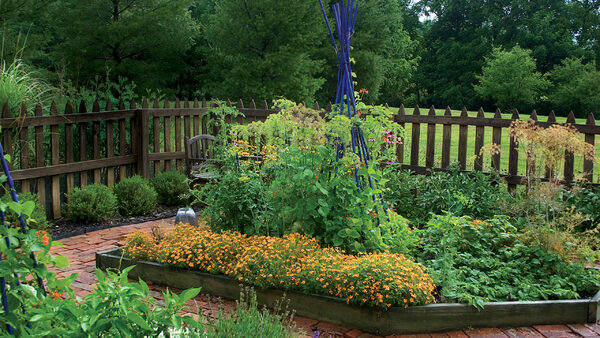
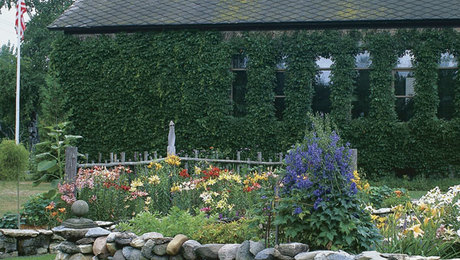
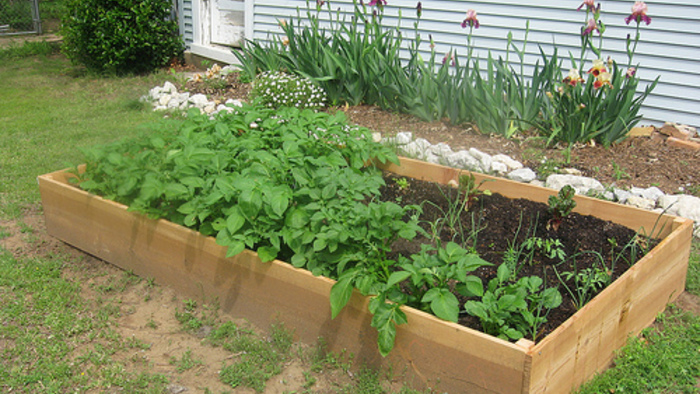













Comments
Log in or create an account to post a comment.
Sign up Log in